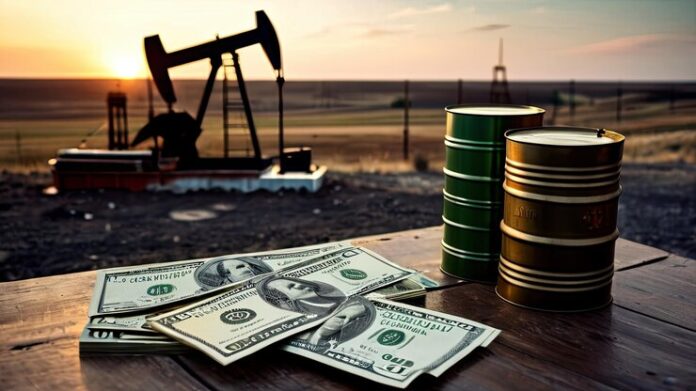In Pakistan, where people are already trying to make ends meet, even the smallest rise in the dollar rate in Pakistan can hit hard — and fast. From filling up your petrol tank to paying your electricity bill or buying everyday groceries, the impact is real, and for many, it’s overwhelming.
Why the Dollar Rate Matters More Than You Think
Let’s break it down: whenever the dollar gains against the Pakistani rupee, everything we import becomes more expensive. That includes fuel, raw materials, medicines, food items — even things like mobile phones and basic packaging.
And here’s the tricky part: even if something is made in Pakistan, chances are, parts of it were imported. So when the dollar rate jumps, so do the production costs, and guess who ends up paying more? Yep — the everyday consumer.
Petrol Prices: The Domino Effect Begins
The first place you’ll feel the heat of a rising dollar is at the petrol pump. Since oil is bought in dollars, any rise in the dollar rate in Pakistan leads directly to higher petrol prices.
But it doesn’t stop there. When fuel gets expensive, everything else gets dragged along. Transport becomes costlier, delivery charges go up, and suddenly your fruit and vegetables, which may not be imported, also cost more — just because it’s now more expensive to bring them to your local market.
Rising Food Prices: A Bigger Bite Out of Your Budget
The food inflation crisis is quietly devastating. Some items are imported — like cooking oil, tea, pulses, and powdered milk — so when the dollar climbs, so do their prices. But even local produce isn’t safe. With high transport and packaging costs, their prices also go up.
This rise in food prices in Pakistan means families are forced to cut back — not on luxuries, but on essentials. Meat gets replaced with lentils. Milk gets watered down. Many households are doing their best just to keep some basic nutrition on the table.
Utility Bills: The Silent Monthly Burden
You open your electricity or gas bill and feel a fresh wave of anxiety. Sound familiar?
That’s because energy costs are tied to global fuel prices — paid in dollars. A weaker rupee means the government has to spend more to import fuel. That cost trickles down into your utility bills in Pakistan, leaving families with less money for food, rent, school fees, or health care.
And during summer or winter months, when consumption rises, so does the financial pressure.
Small Businesses: Struggling to Stay Afloat
It’s not just households that are under pressure — small businesses are also being squeezed.
Shopkeepers who deal in imported goods like electronics, mobile accessories, auto parts, or even beauty products are finding it harder to keep up. Import prices in Pakistan are rising, and customers are buying less. Many are forced to raise their prices or cut their profits just to survive.
As one shop owner put it, “The shelves may look full, but my wallet is empty.”
So, What’s the Way Forward?
There’s no magic fix, but long-term planning is essential. Here’s what can help:
- Increase exports to bring more dollars into the economy.
- Reduce unnecessary imports to lessen dependency.
- Build up foreign reserves to stabilize the dollar rate in Pakistan.
- Expand programs like Ehsaas and BISP to cushion the impact of inflation.
- Control price manipulation and crack down on hoarding.
Above all, people need a sense of stability — not just economically, but emotionally. The uncertainty is exhausting.
Final Thoughts
The effect of the dollar on the common man isn’t just a headline — it’s a reality that affects every trip to the store, every monthly bill, and every meal. Inflation may be a technical term, but for most Pakistanis, it simply means having to do more with less.
Unless real reforms are made and people are protected from these economic shocks, the average person will continue to carry a burden they didn’t create — and can no longer afford.



